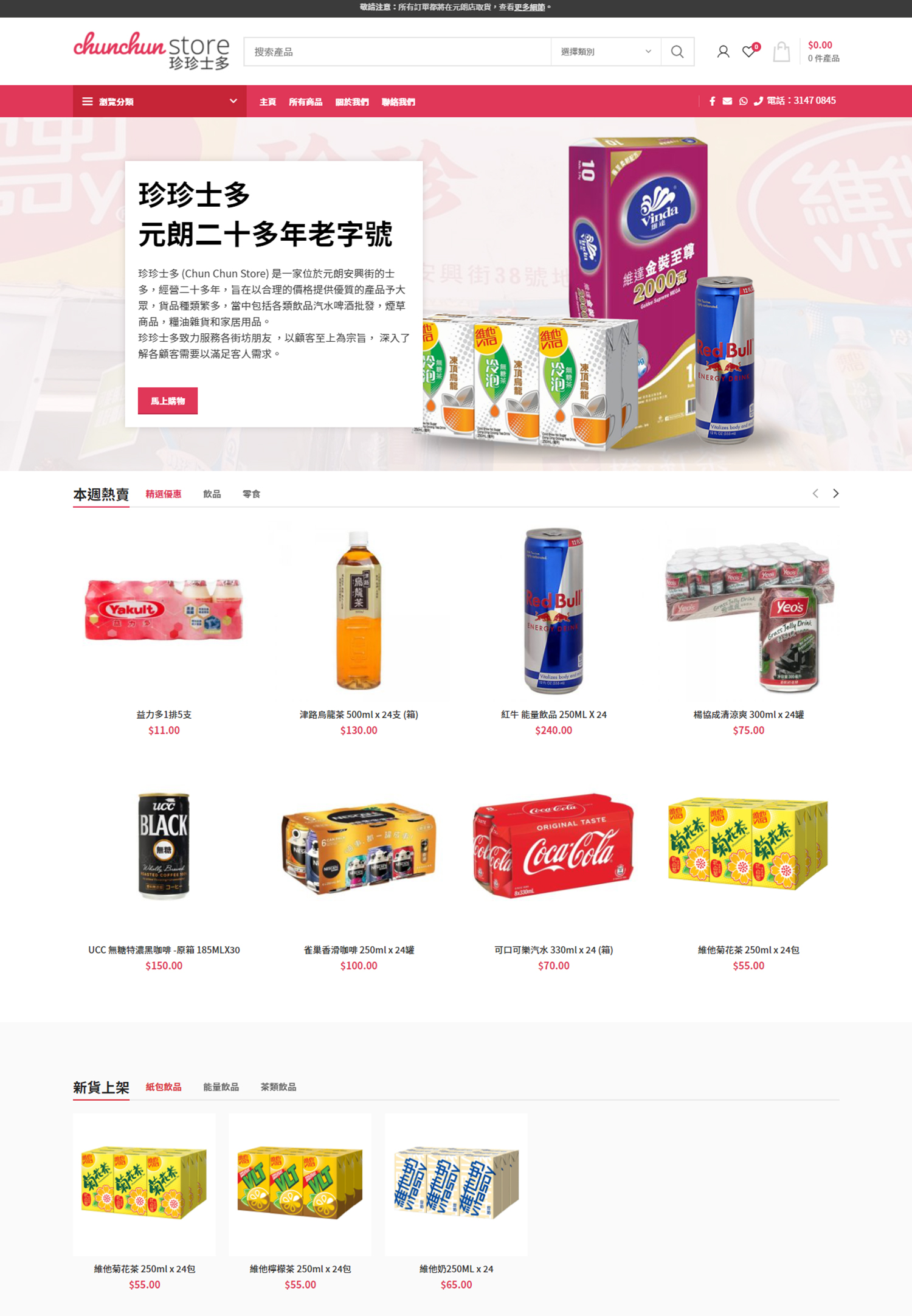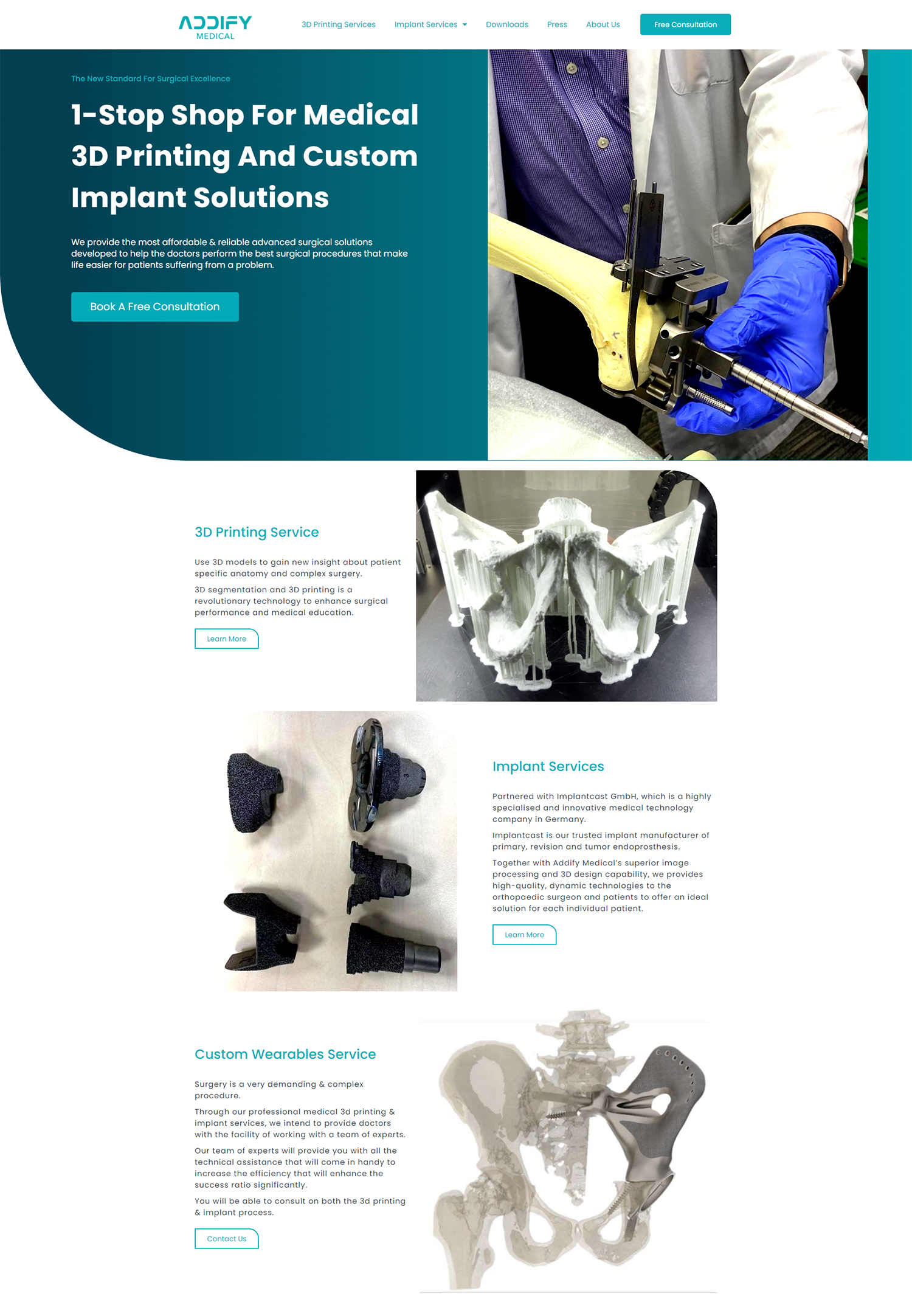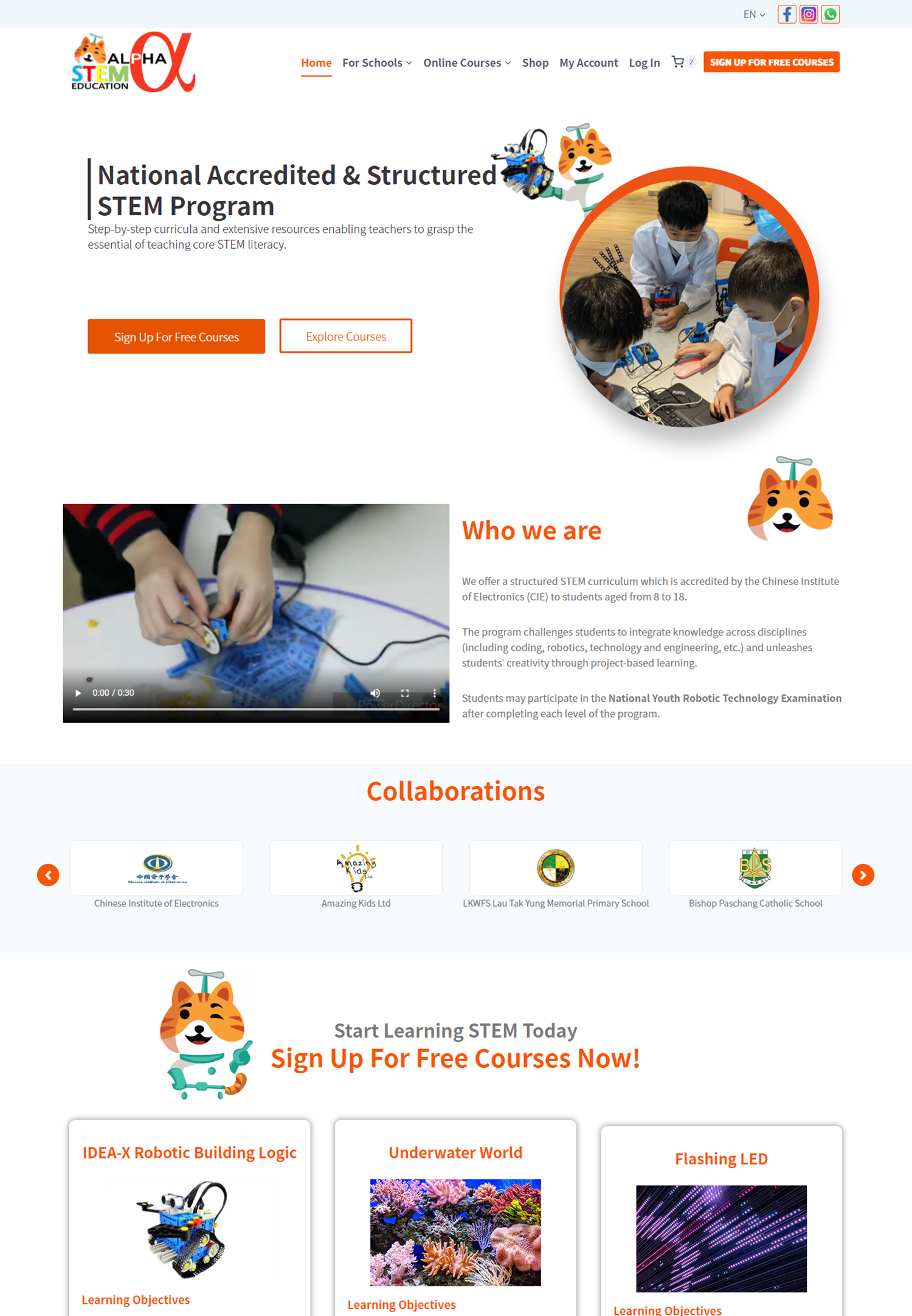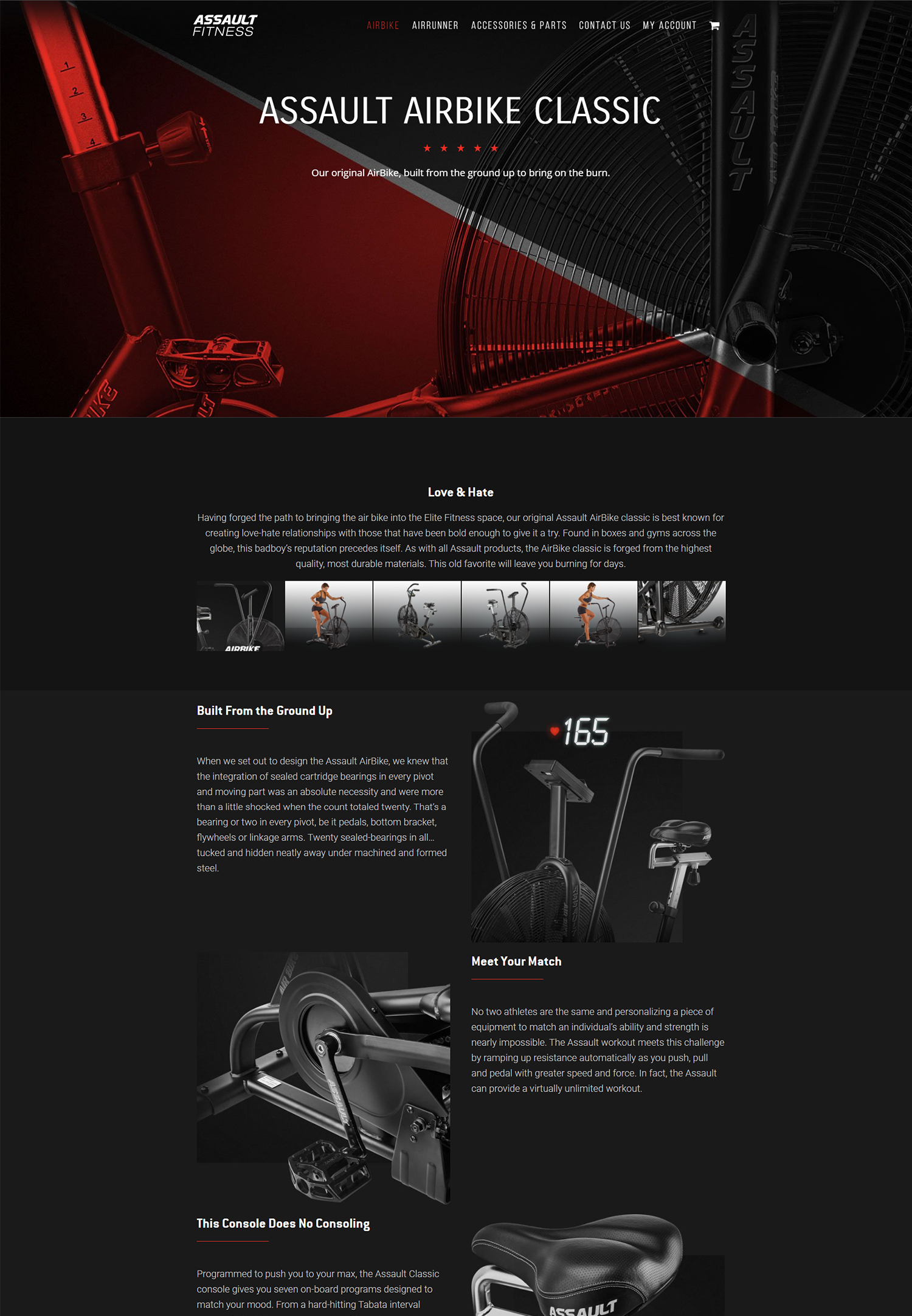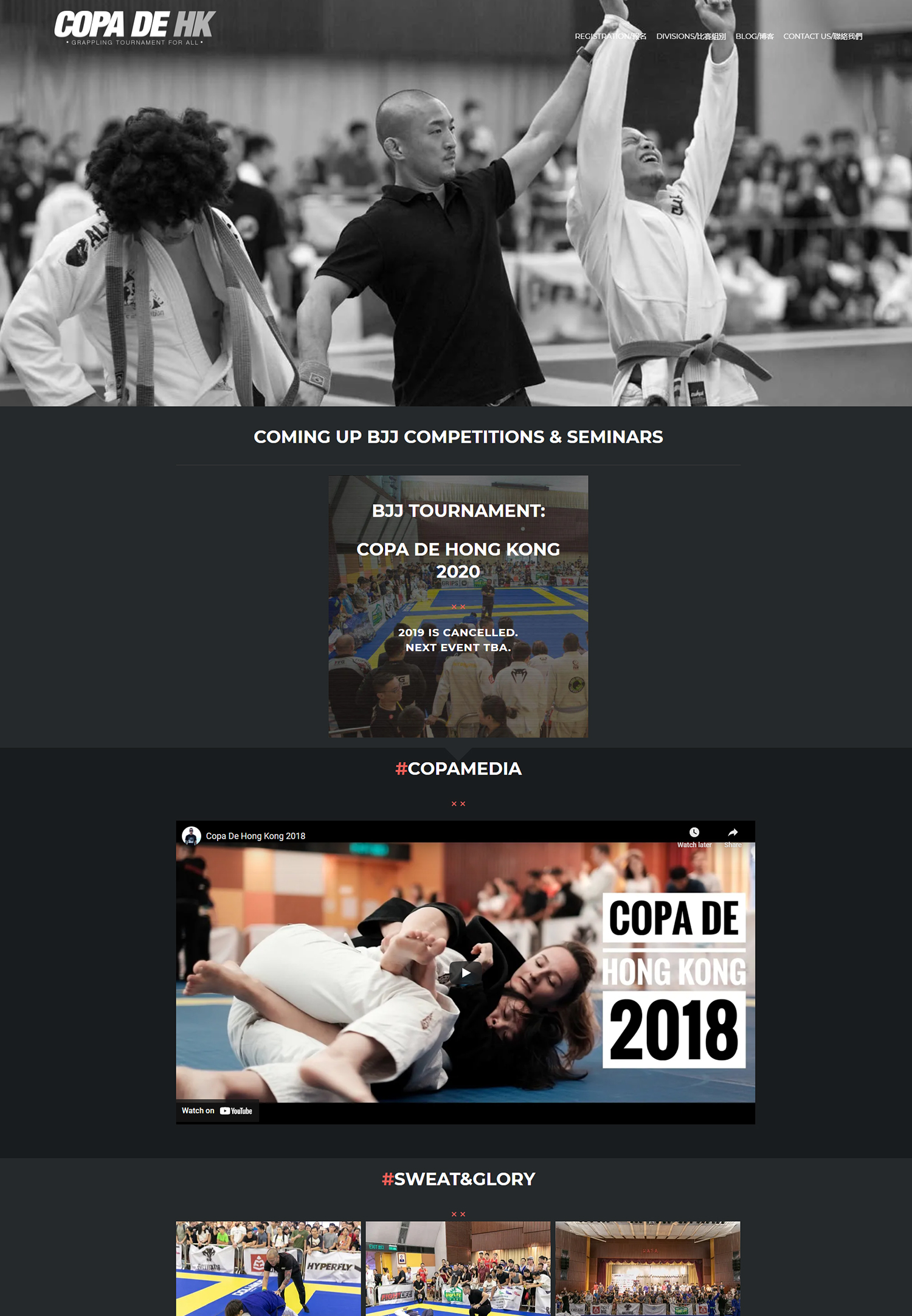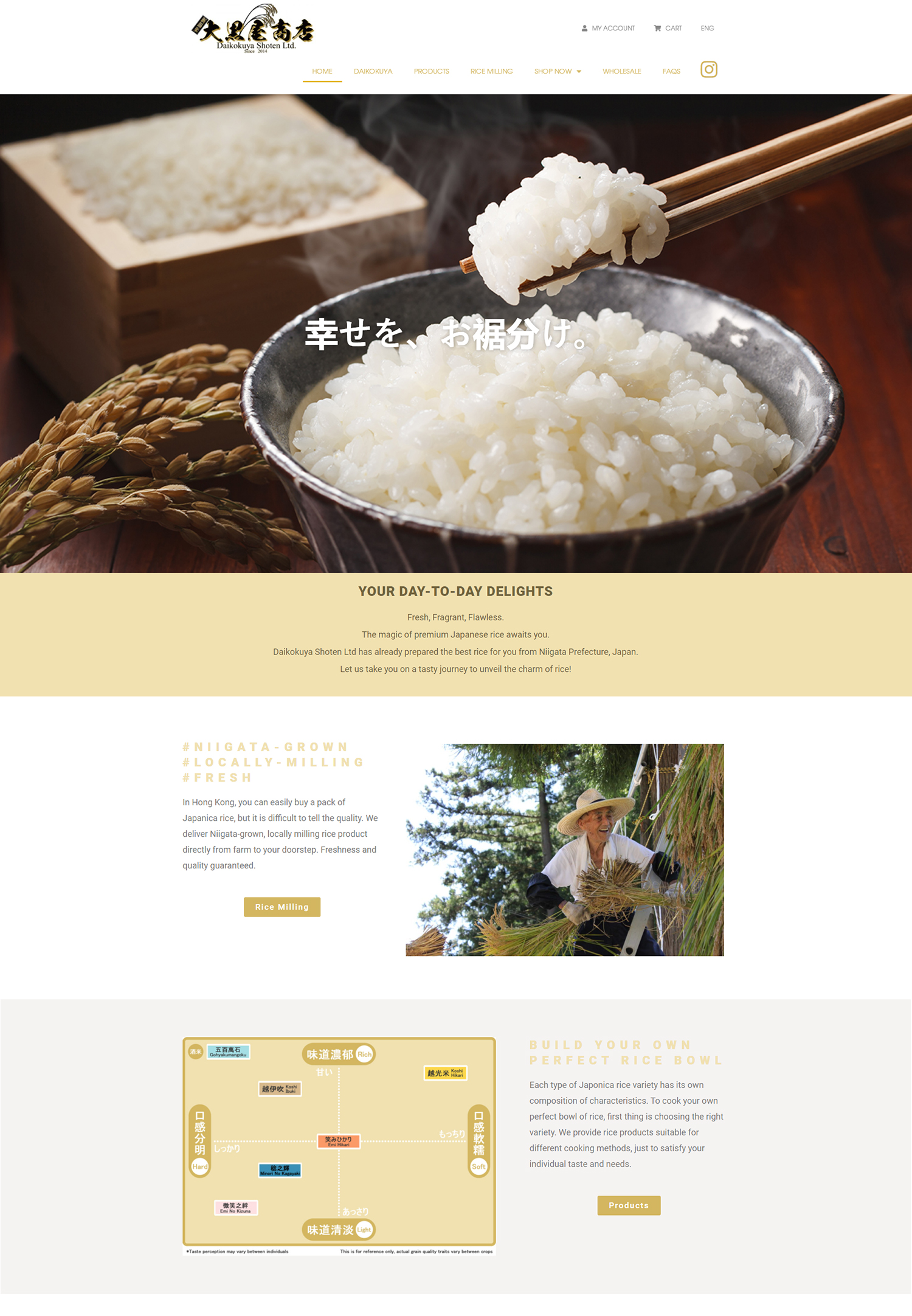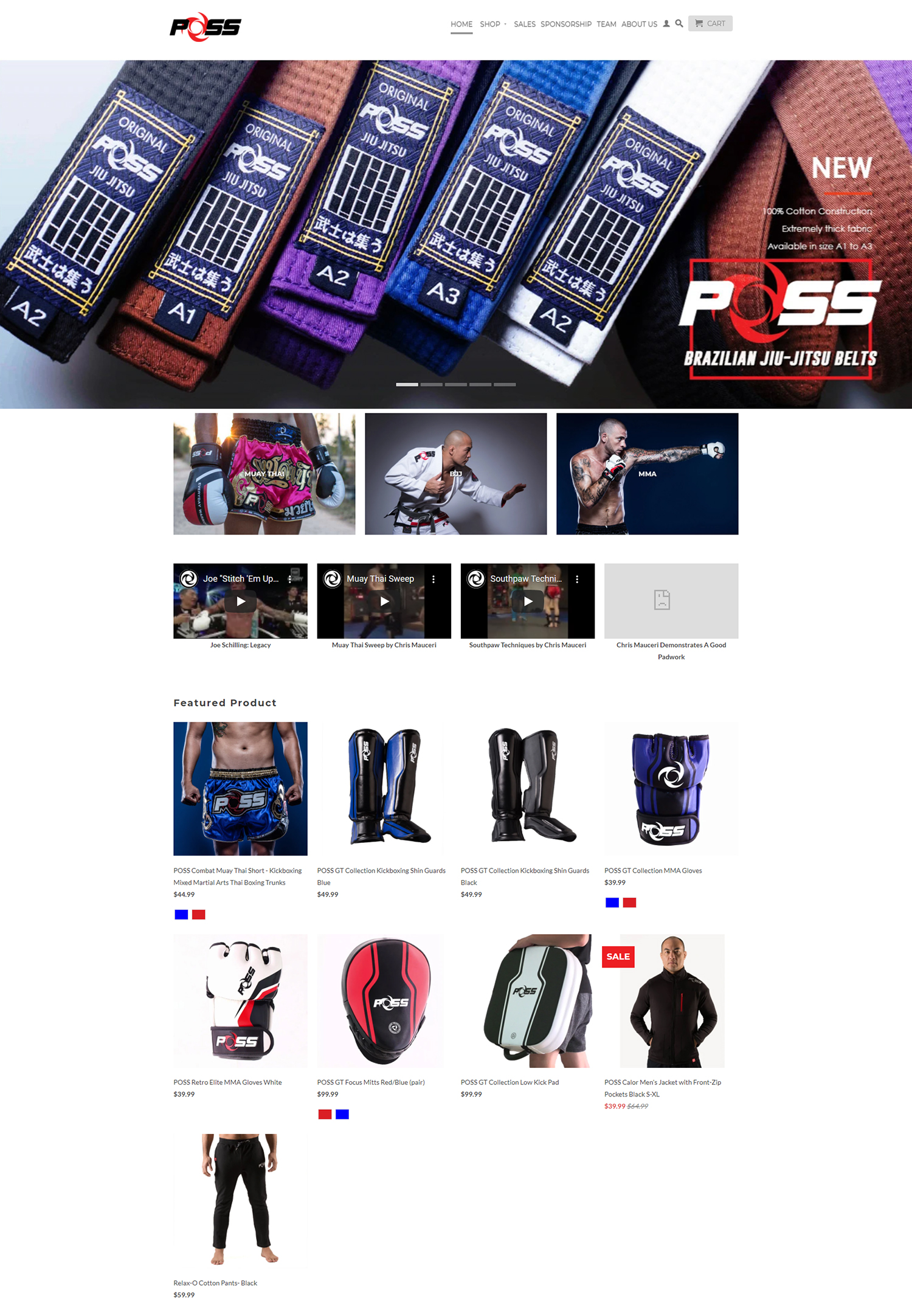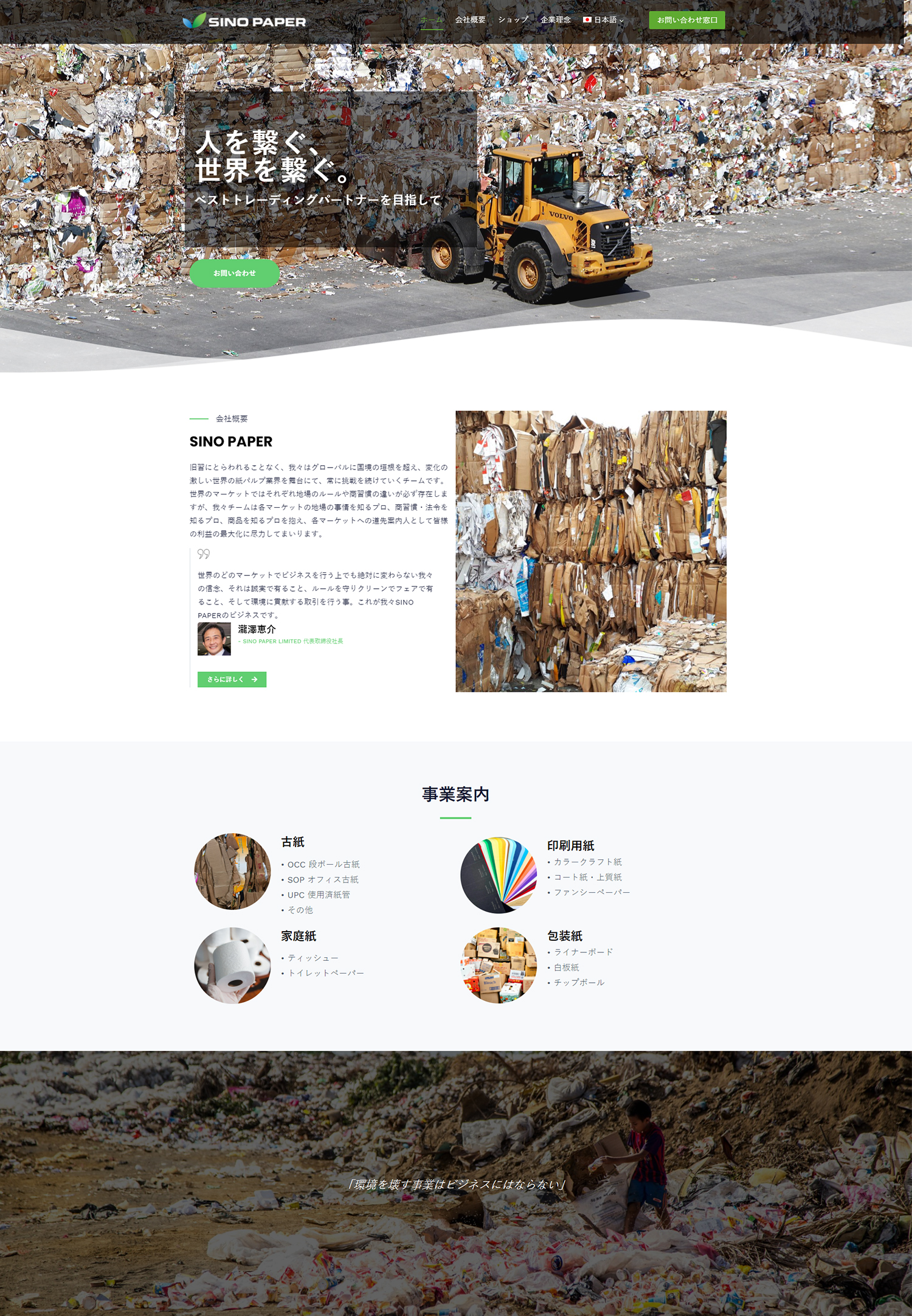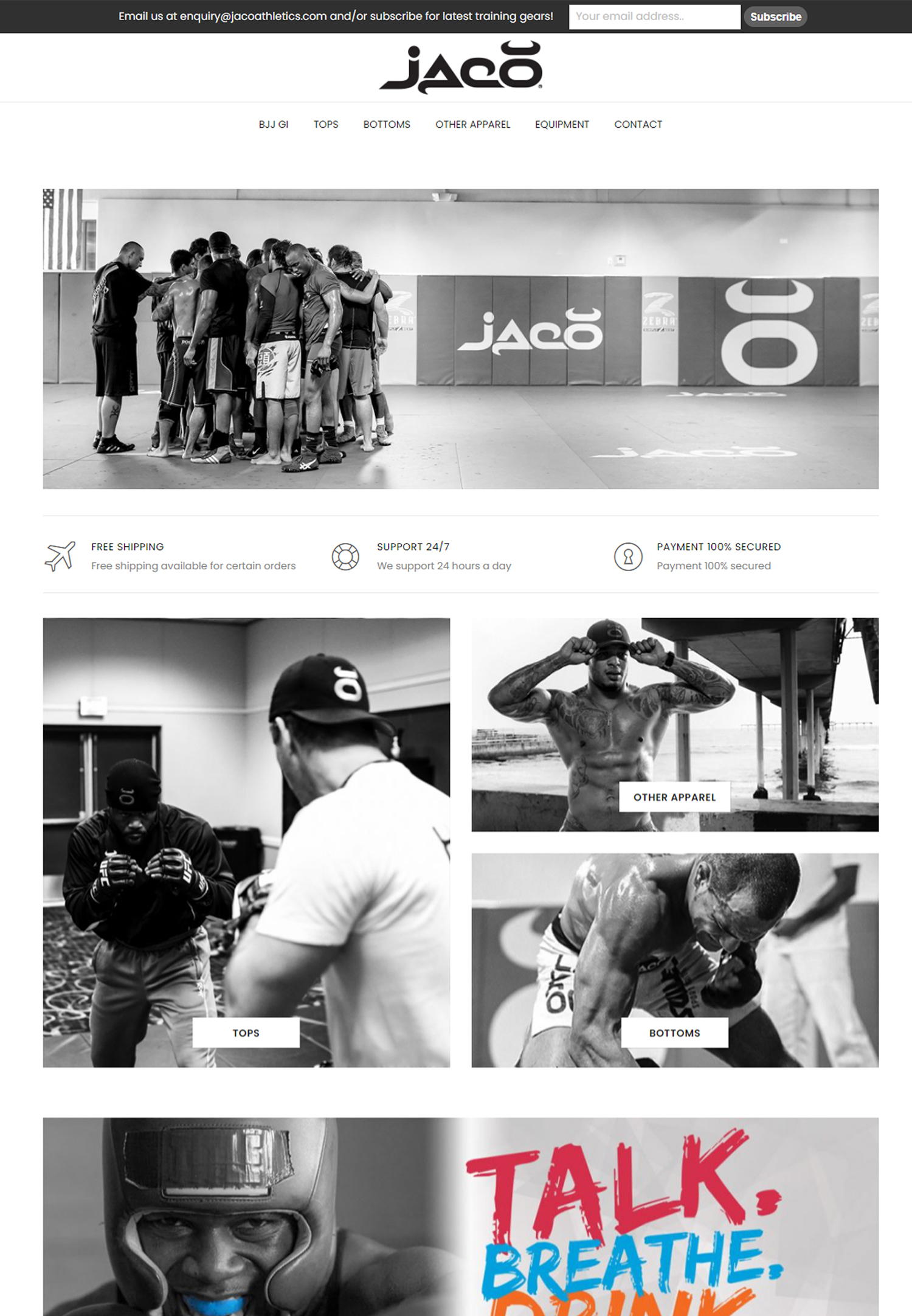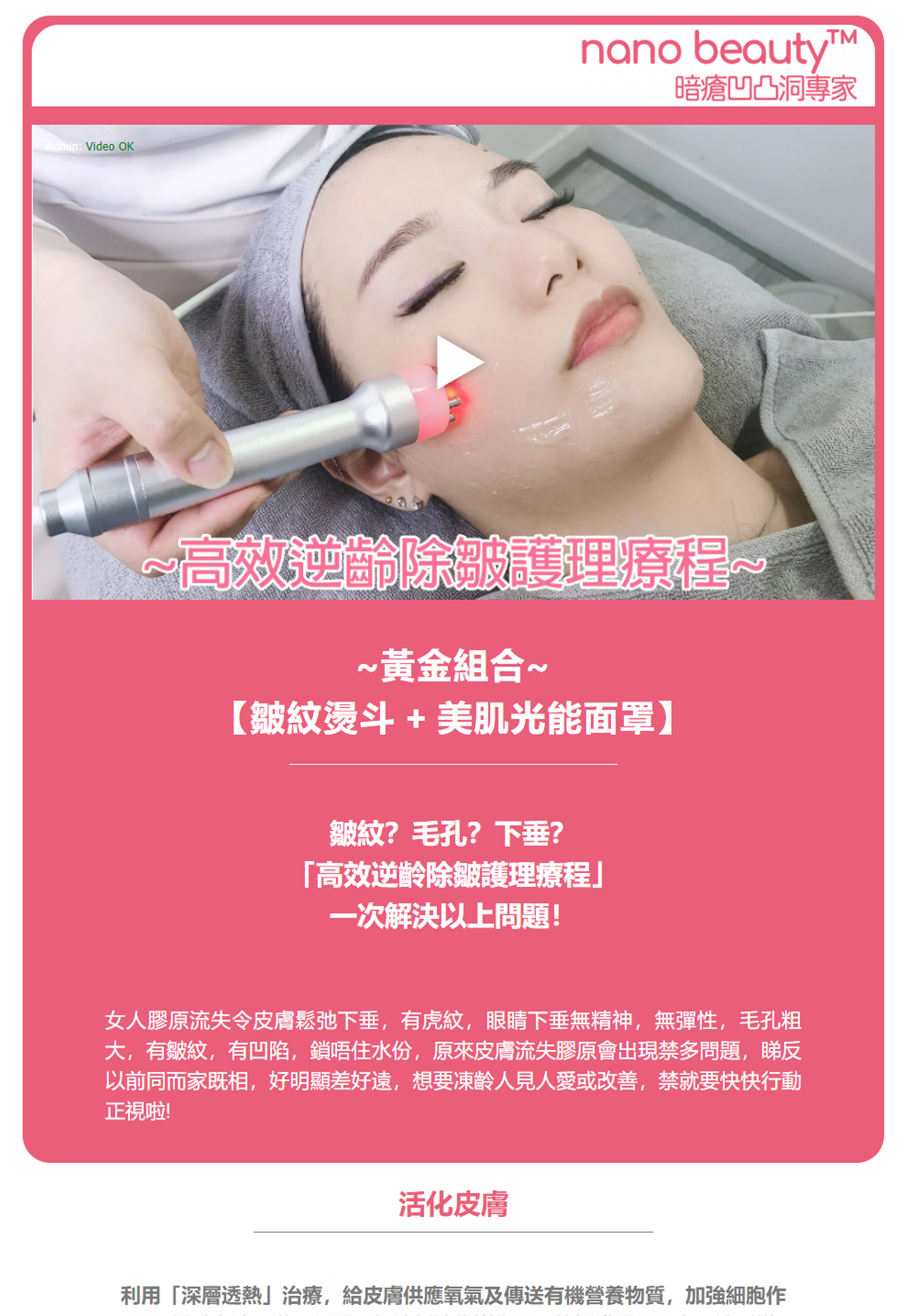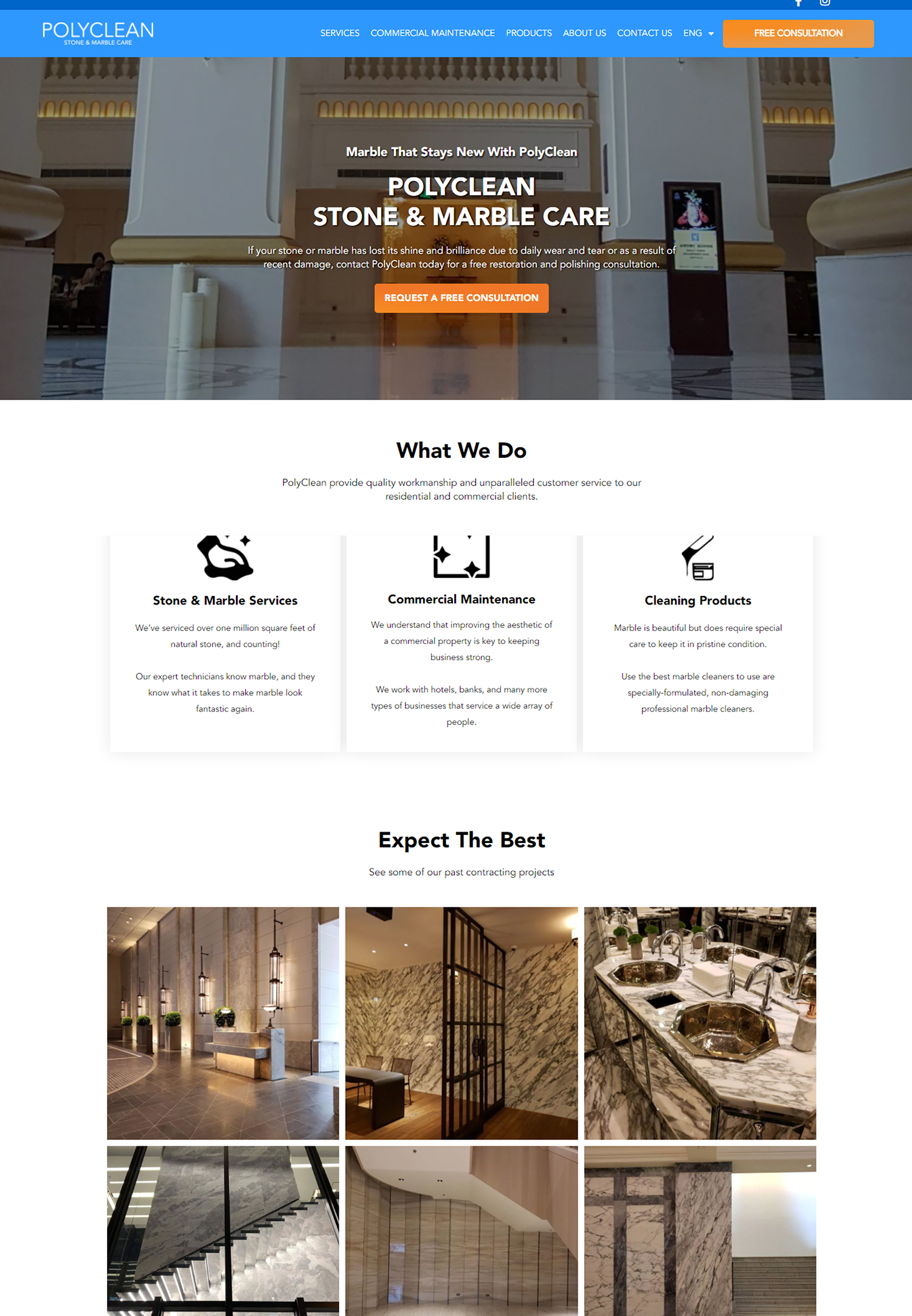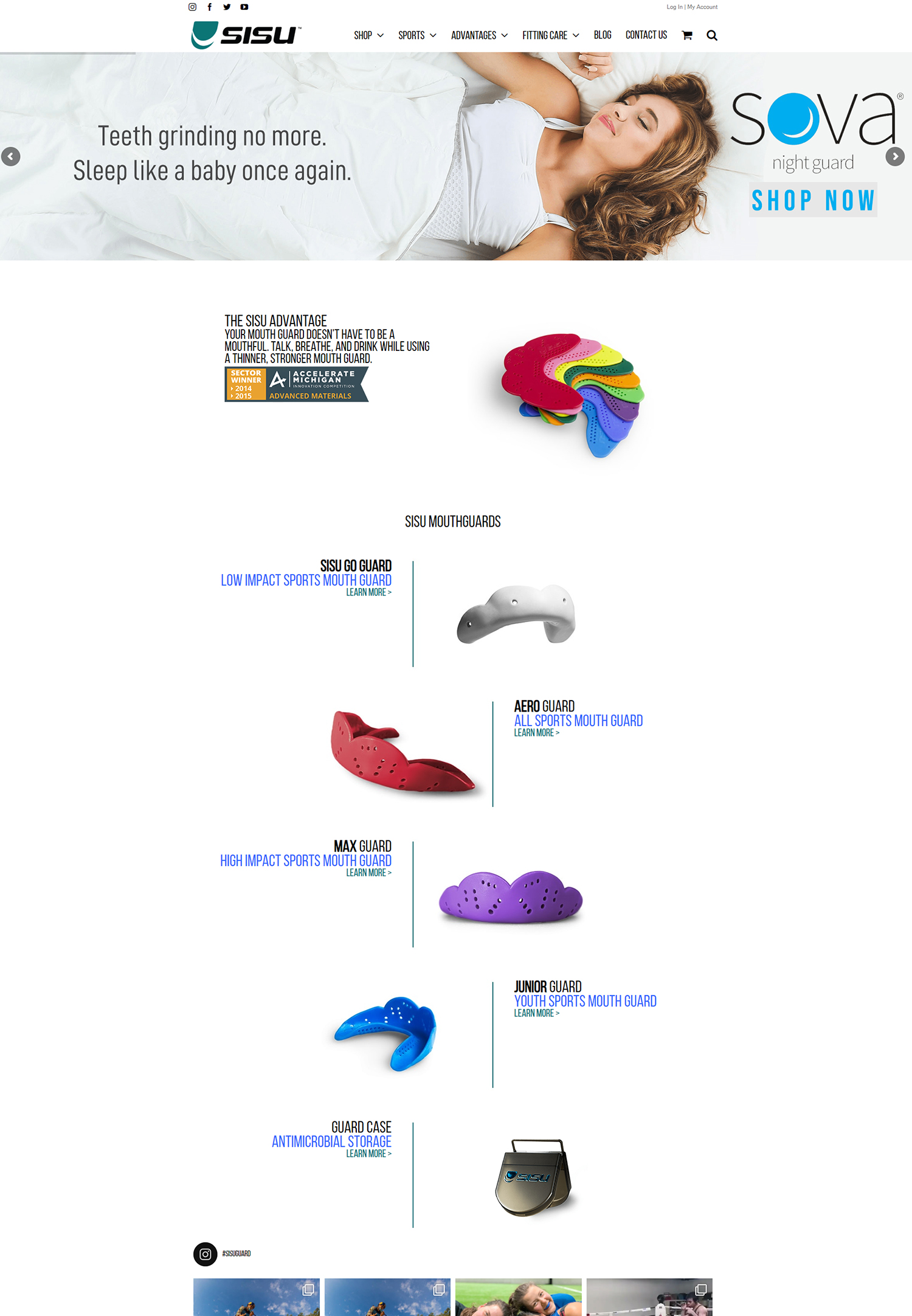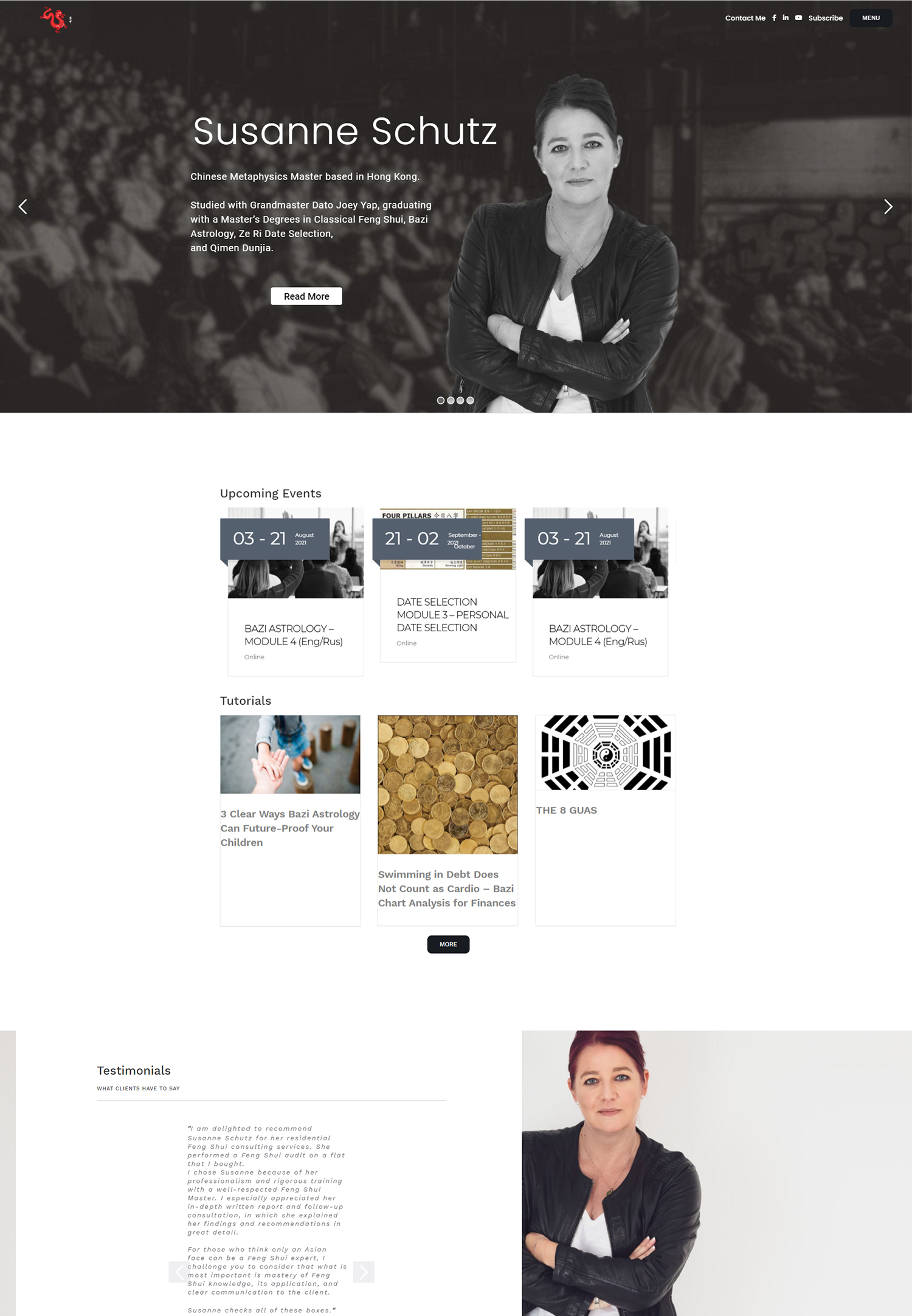In today’s digital landscape, the significance of professional and credible website design cannot be overstated. As we navigate through an era where online presence is paramount, our website often serves as the first point of contact between our brand and potential customers. A well-designed website not only reflects our professionalism but also establishes trust and credibility.
When visitors land on our site, they form an opinion within seconds, and that initial impression can make or break their decision to engage with us further. Therefore, investing in a professional design is not merely an aesthetic choice; it is a strategic business decision that can lead to increased conversions and customer loyalty. Moreover, a credible website design enhances user experience, which is crucial for retaining visitors.
When we prioritize professionalism in our design, we create an environment that encourages exploration and interaction. Users are more likely to stay on a site that is visually appealing, easy to navigate, and informative. This positive experience can lead to higher engagement rates, lower bounce rates, and ultimately, a greater likelihood of achieving our business goals.
In essence, a professional website design serves as a powerful tool that can elevate our brand’s reputation and foster lasting relationships with our audience.
Key Takeaways
- Professional and credible website design is crucial for establishing trust and credibility with visitors.
- Understanding the elements of professional design, such as layout, navigation, and visual hierarchy, is essential for creating a credible website.
- Choosing the right color scheme and typography can greatly impact the overall perception of a website’s professionalism and credibility.
- Creating a user-friendly and intuitive interface is key to ensuring a positive user experience and building trust with visitors.
- Incorporating high-quality images and graphics can enhance the visual appeal and professionalism of a website.
Understanding the Elements of Professional and Credible Design
To create a professional and credible website, we must first understand the fundamental elements that contribute to effective design. These elements include layout, color scheme, typography, imagery, and overall functionality. Each component plays a vital role in shaping the user’s experience and perception of our brand.
A well-structured layout guides visitors through our content seamlessly, allowing them to find the information they need without frustration. This clarity is essential in maintaining user interest and encouraging further exploration of our offerings. Additionally, we must consider the importance of visual hierarchy in our design.
By strategically placing elements such as headings, images, and calls to action, we can direct users’ attention to key areas of our site. This not only enhances usability but also reinforces our brand message. When we combine these elements thoughtfully, we create a cohesive design that resonates with our audience and reflects our brand identity.
Understanding these foundational aspects empowers us to craft a website that not only looks professional but also functions effectively.
Choosing the Right Color Scheme and Typography
The choice of color scheme and typography is critical in establishing the tone and personality of our website. Colors evoke emotions and can significantly influence how visitors perceive our brand. For instance, blue often conveys trust and reliability, while red can evoke excitement or urgency.
As we select our color palette, we should consider our target audience and the message we want to communicate. A harmonious color scheme not only enhances visual appeal but also creates a sense of unity throughout the site. Typography is equally important in conveying professionalism.
The fonts we choose should be legible and align with our brand’s identity. A combination of font styles can add visual interest, but we must be cautious not to overdo it; too many different fonts can create confusion and detract from the overall design. By selecting complementary fonts for headings and body text, we can establish a clear hierarchy that guides users through our content effortlessly.
Ultimately, the right color scheme and typography work together to create an inviting atmosphere that encourages visitors to engage with our brand.
Creating a User-Friendly and Intuitive Interface
A user-friendly interface is at the heart of any successful website design. As we develop our site, we must prioritize intuitive navigation that allows users to find what they are looking for quickly and easily. This involves organizing content logically and ensuring that menus are straightforward and accessible.
We should also consider incorporating search functionality to further enhance user experience, allowing visitors to locate specific information without unnecessary hassle. In addition to navigation, we must focus on the overall usability of our site. This includes optimizing loading times, ensuring mobile compatibility, and minimizing distractions that could detract from the user experience.
By conducting usability testing with real users, we can identify pain points and make necessary adjustments to improve functionality. A seamless interface not only keeps visitors engaged but also encourages them to return in the future, reinforcing the importance of creating a user-centric design.
Incorporating High-Quality Images and Graphics
Visual content plays a crucial role in capturing attention and conveying messages effectively. As we design our website, incorporating high-quality images and graphics is essential for creating a professional appearance. Poor-quality visuals can undermine our credibility and give visitors the impression that we do not take our brand seriously.
Therefore, investing in professional photography or high-resolution stock images can significantly enhance the overall aesthetic of our site. Furthermore, images should be relevant to our content and resonate with our target audience. They should complement the text rather than distract from it, creating a harmonious balance between visuals and written content.
Infographics can also be an effective way to present complex information in an easily digestible format. By thoughtfully integrating high-quality images and graphics into our design, we can create a visually engaging experience that captivates visitors and reinforces our brand message.
Ensuring Consistency and Cohesion Throughout the Website
Consistency is key when it comes to professional website design. As we develop various pages on our site, we must ensure that elements such as color schemes, typography, button styles, and layout remain uniform throughout. This cohesion not only enhances visual appeal but also reinforces brand identity, making it easier for users to recognize and remember us.
A consistent design creates a sense of familiarity that can foster trust among visitors. In addition to visual consistency, we should also strive for cohesive messaging across all pages. The tone of voice used in our content should align with our brand personality, whether it’s formal, friendly, or somewhere in between.
By maintaining consistency in both design and messaging, we create a seamless experience for users as they navigate through different sections of our site. This attention to detail reflects professionalism and helps establish credibility in the eyes of our audience.
Implementing Trust Signals and Testimonials
In an age where online scams are prevalent, establishing trust is more important than ever. One effective way to build credibility is by incorporating trust signals throughout our website. These can include security badges, industry certifications, or affiliations with reputable organizations.
By prominently displaying these elements, we reassure visitors that their information is safe with us and that we are a legitimate business. Testimonials from satisfied customers can also serve as powerful trust signals. Positive reviews provide social proof that can influence potential customers’ decisions.
We should consider featuring testimonials prominently on our homepage or dedicated testimonial page to highlight the experiences of previous clients. Additionally, case studies showcasing successful projects can further reinforce our credibility by demonstrating our expertise in action. By implementing these trust signals effectively, we can foster confidence among visitors and encourage them to engage with our brand.
The Role of Responsive Design in Professional and Credible Websites
In today’s mobile-driven world, responsive design is no longer optional; it is essential for creating a professional and credible website. With an increasing number of users accessing websites from various devices—ranging from smartphones to tablets—ensuring that our site adapts seamlessly to different screen sizes is crucial for maintaining user experience. A responsive design not only enhances usability but also improves search engine rankings, as search engines prioritize mobile-friendly sites.
As we develop a responsive website, we must consider how elements such as images, text, and navigation will adjust on smaller screens. This may involve simplifying layouts or using collapsible menus to ensure that users can easily access information without feeling overwhelmed by cluttered designs. By prioritizing responsive design principles, we demonstrate our commitment to providing an exceptional user experience across all devices—ultimately reinforcing our professionalism and credibility in the digital space.
In conclusion, creating a professional and credible website requires careful consideration of various design elements and principles. From understanding the importance of visual appeal to implementing trust signals and ensuring responsiveness, each aspect plays a vital role in shaping user experience and perception of our brand. By prioritizing these factors in our web design strategy, we position ourselves for success in an increasingly competitive online landscape—ultimately fostering trust and engagement with our audience.






